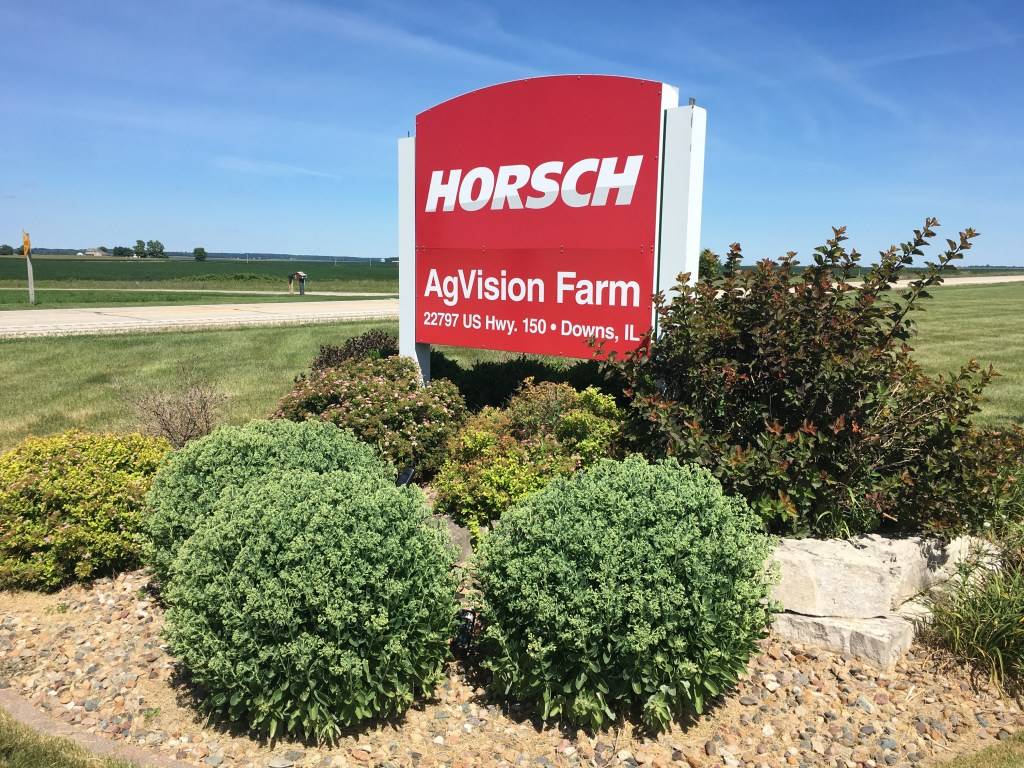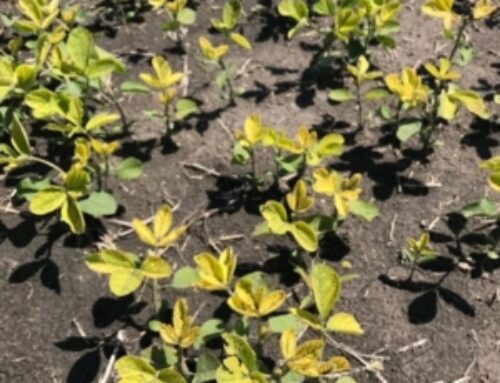There is a saying in production agriculture based on an old Chinese proverb that says: “The best fertilizer for a farmer’s crop is their shadow.” This makes up our 2nd guiding principle we believe every farm manager should adopt that is “Make decisions from the field”.








Several years ago, Jenn and I were invited to tour and speak at Horsch’s AgVision Research Farm1 in Downs, Illinois. We were initially involved in a field research project with Horsch via one of their local dealers Genuine Agriculture (www.genAG.com). Our trip to Downs was a great opportunity to learn more about the company and their innovative equipment. It was also the first time we had the privilege of meeting and hearing Michael Horsch(owner) speak.
If you have ever had the chance to hear Michael speak, you quickly realize he is a farmer at heart who happens to manufacture equipment. He will jokingly tell you that he started his company building farm equipment nobody wanted and it was not until he began visiting producers with a spade in hand to talk tillage and soil health that things really took off. Michael is a firm believer that the best decisions are made in the field and not behind a desk. As he often says “boots, not gigabytes”. Michael gives great examples of this in several interviews with Mike Lessiter of Farm Equipment Magazine2
One of Micheal’s favourite examples he regularly shares is a chart produced by a farm benchmarking group to which he belongs. The chart plots out the profitability of a group of farms according to the production potential of their land. It is a real eye opener to see that there are farms with poor land making as much or more than some of the best producers with best land. In each category of land productivity there is almost a $200 difference between the best and the worst bottom lines. He attributes this difference in profitability to time spent making decisions in the field vs behind a desk.
“The best fertilizer for a crop is the shadow of the farmer. The more frequently it is applied, the better the likely outcome.”
— Author unknown
There are several reasons I can think of why producers should make decisions from the field and the biggest has to do with our largest variable – unpredictable weather. Weather affects every decision we make in crop production. In this chart from the Canola Council of Canada(see below), we can see 40 plus factors that affect yield and they are all linked. If you change one, it has a domino affect on the others. Over half are directly or indirectly linked to weather.
Not only is the weather unpredictable, but it is also quite variable. There is often truth in the joke that says, “If you don’t like the weather when you step out the front door, go out the back door!” There can be big differences from one field to the next across a farm and even within a field. Rainfall can be sporadic; different areas of a field will react differently to too much or too little rainfall, hail events may affect whole or parts of fields, etc. Erosion severity is affected by topography, residue cover and soil textures.
Although today’s suite of weather stations, satellite imagery and soil sensors have come a long way, they are not yet able to accurately predict weather and yield potentials to the point we need them to make accurate agronomic decisions sitting behind a desk. Producers still need to rely on experience and professional expertise. Each field will need its own set of decisions to optimize profitability. Predicting the weather and its effect on yield can be as much an art as it is a science. But you need to rely on experience and instinct in the field to make the right call. Yield targets are a set of moving goal posts. To score, you need to constantly readjust your game plan throughout the season. This is best done in the field, not from your air-conditioned truck or office.
Which brings me to my next point. In western Canada, we have a short growing season with our six months of winter. Getting the crop off to the best start is vital to maximizing yield potential. Walking behind the seeder to ensure proper rate, depth and placement is crucial. Our planting report cards look at seven different factors when assessing seeding operations.
We only get one chance to do it right. Anytime we have to reseed, it is generally at a disadvantage with lower yield potentials than our first attempt simply based on the calendar. We will discuss the importance of a good start (another of our principles) in a future post entitled “Next year’s crop begins with this year’s harvest.”
As farm managers you are pulled in many different directions. To accomplish everything that needs to be done in a day you have to delegate certain tasks to others. If you are not walking your own fields, it is crucial you trust the person doing it for you. There are many experienced professionals that can help but it is difficult to replace your firsthand knowledge of your own operation. We recommend that at a very minimum, you regularly make some time in your schedule to walk fields along side us. It is an excellent way to increase your knowledge and tap into our expertise.










